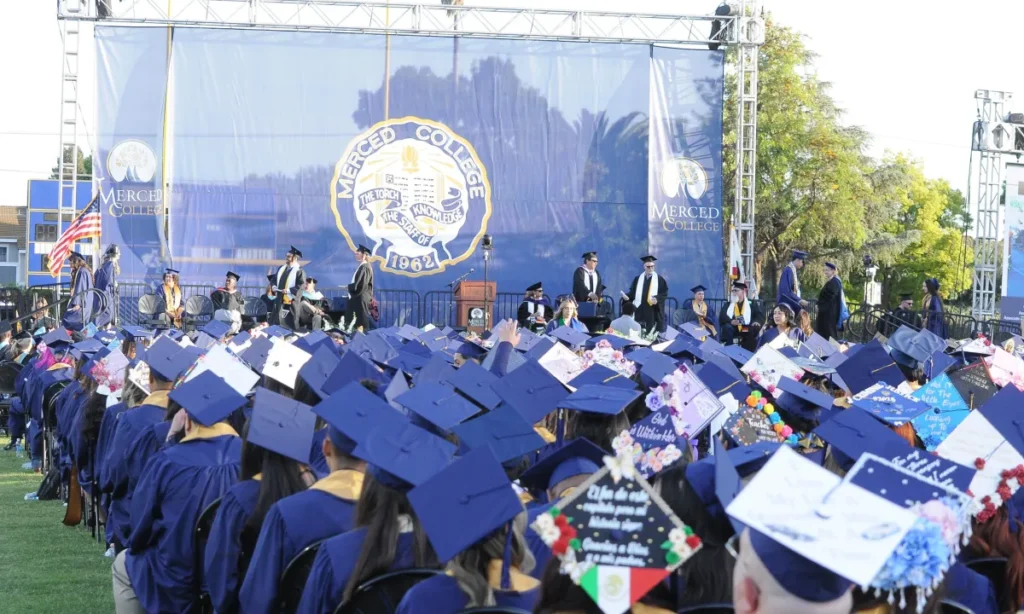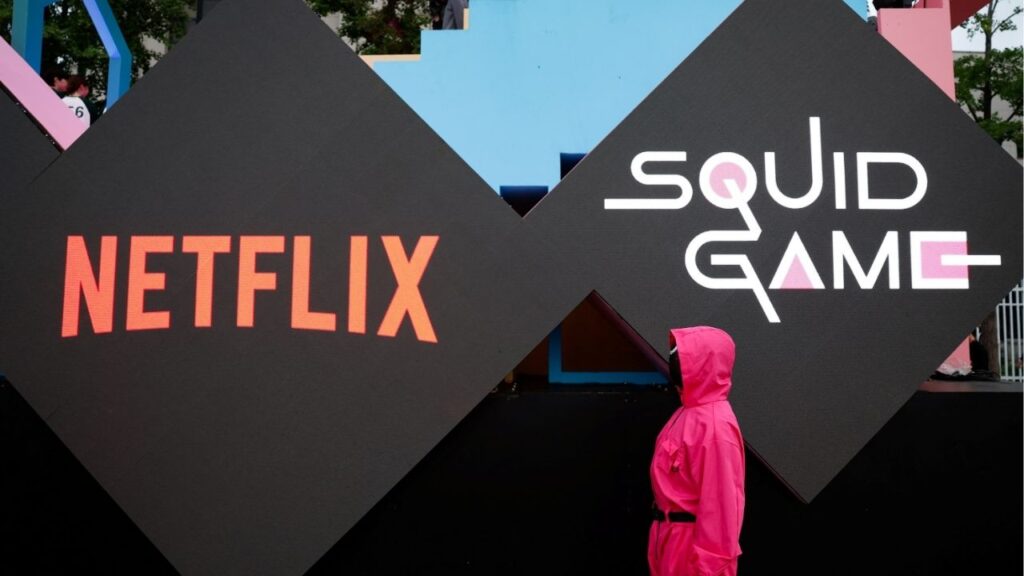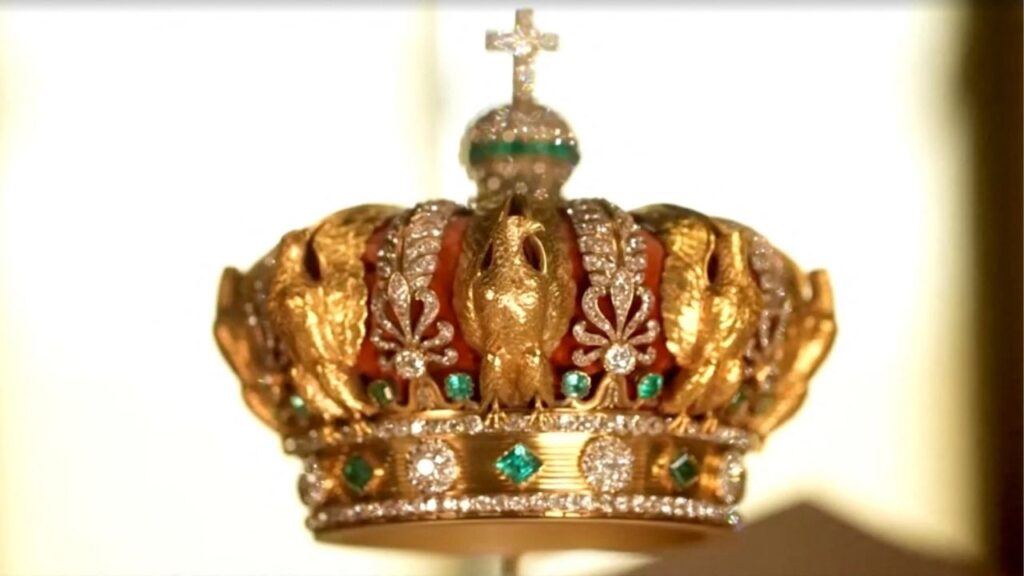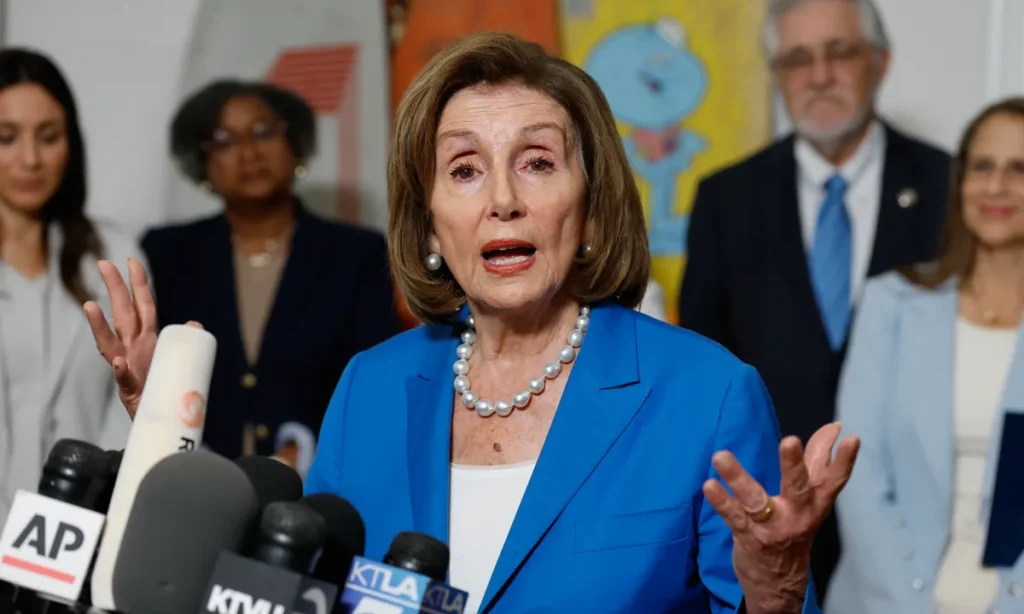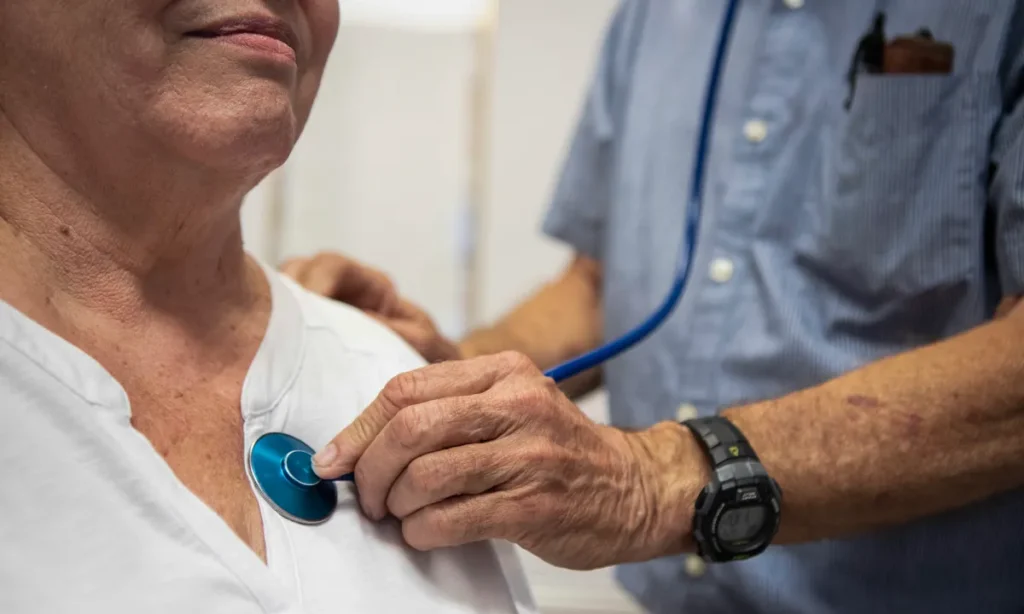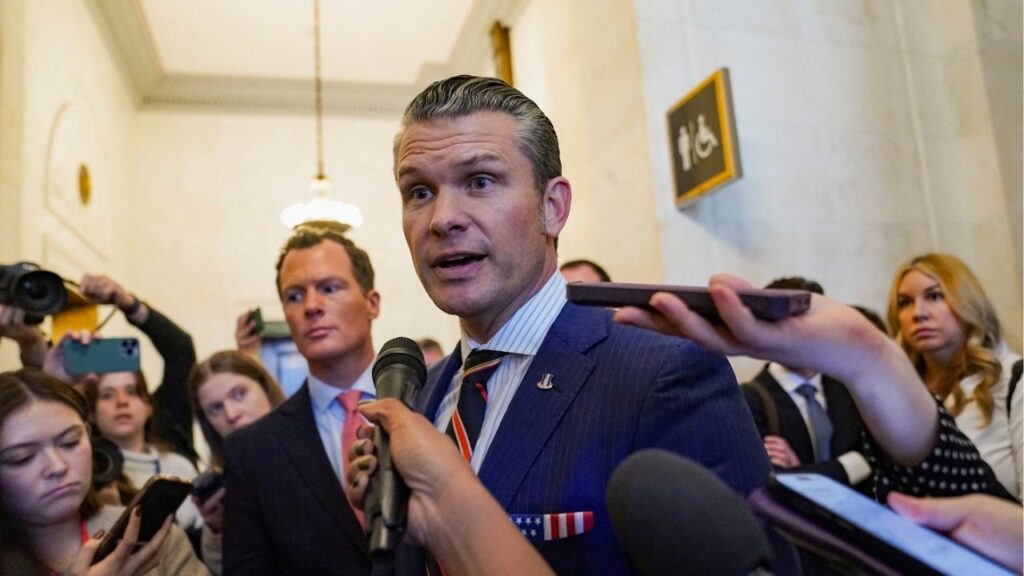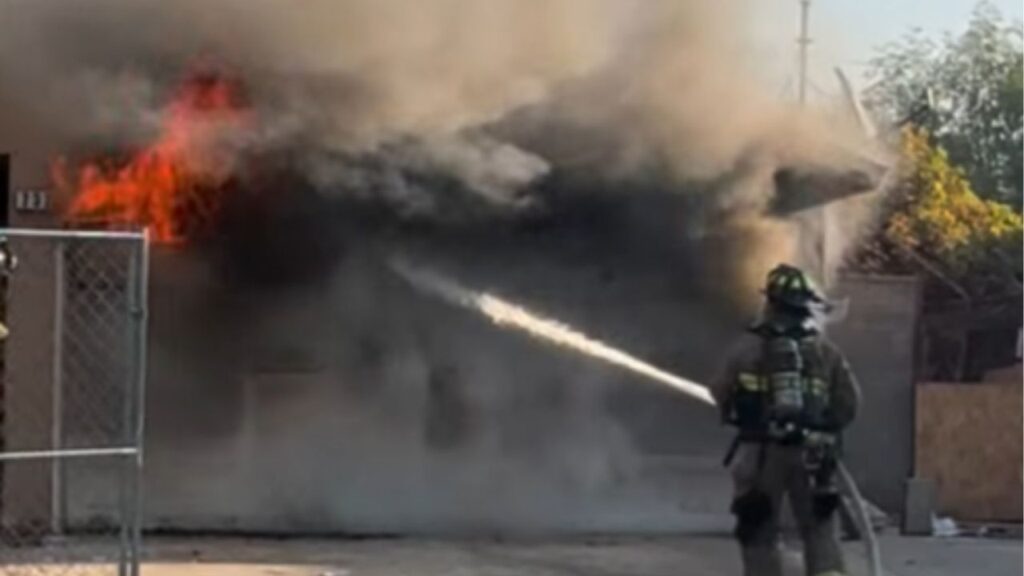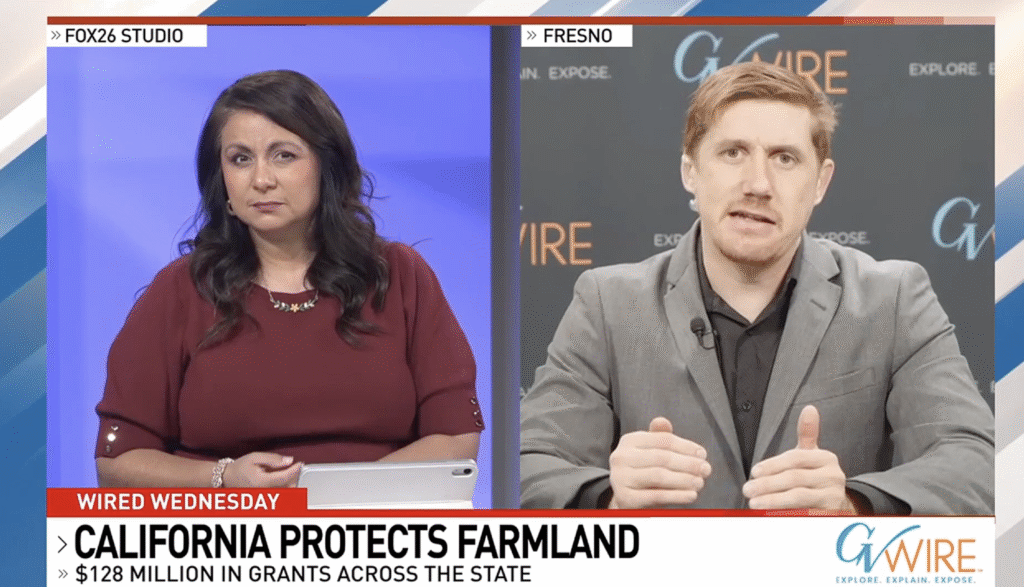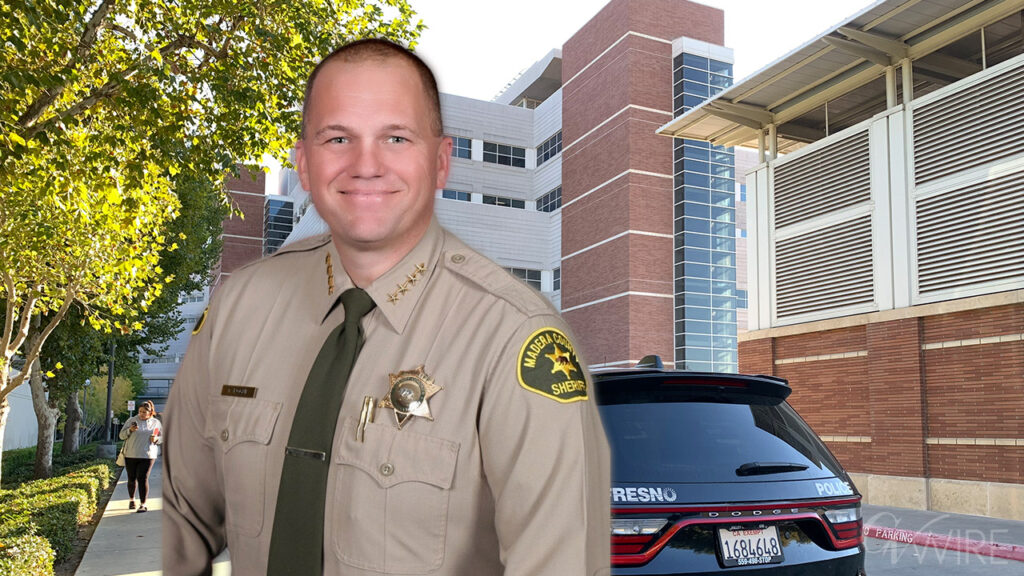Prime Minister Justin Trudeau of Canada departs a Delta by Marriott hotel near the airport in West Palm Beach, Fla., a day after meeting with President-elect Donald Trump, Nov. 30, 2024. Canada is working on a broad plan, including drones and police dogs, to address concerns raised by President-elect Donald Trump about the shared border between the two nations, underscoring the urgency of avoiding threatened tariffs that would send its economy into meltdown. (Jamie Kelter Davis/The New York Times)

- Canada plans drones, police dogs to strengthen the U.S. border, addressing Trump’s security concerns and avoiding economic tariffs.
- Premiers urge Trudeau to act swiftly, proposing measures including energy disruptions to pressure the U.S. amid tariff threats.
- Trudeau balances provincial demands and Trump’s expectations; Alberta’s premier praises efforts, Ontario’s leader warns of countermeasures.
Share
|
Getting your Trinity Audio player ready...
|
TORONTO — Canada is working on a broad plan, including drones and police dogs, to address concerns raised by President-elect Donald Trump about the shared border between the two nations, underscoring the urgency of avoiding threatened tariffs that would send its economy into meltdown.
Trump has made it clear that he expects America’s neighbors to keep migrants and drugs from entering the United States.
In a closely watched meeting between Prime Minister Justin Trudeau of Canada and the leaders of the country’s provinces on Wednesday, Trudeau and senior members of his government said that they would come up with measures to fortify the border.
Related Story: Trump Calls Trudeau the ‘Governor’ of ‘The Great State of Canada’
Canada Gives Out Details
The Canadian government will flesh out details, figure out a price tag, establish a timeline and then present the plan to the incoming Trump administration before Trump’s inauguration next month, according to two officials with knowledge of the discussions, who asked not to be identified describing internal deliberations.
Details of the costs of these measures will be shared Monday, when the country’s finance minister announces an interim budget, the officials said.
The measures under consideration include better controlling border crossings by deploying drones and canine units and reducing unnecessary foot traffic between the two countries, according to the two officials, who listened in on the virtual government meeting.
The government is also considering technological investments, such as using lab technology, to detect and curb the flow of fentanyl at the border and identify the provenance of precursor chemicals needed to make it.
Related Story: 3 Climbers From the US and Canada Are Believed to Have Died in a Fall on New ...
Canada will also invest in better databases that will permit the U.S. authorities to get background information on people crossing the border, including about prior crimes, addressing a long-standing complaint by multiple U.S. administrations, the two officials said.
The incoming U.S. border czar, Tom Homan, has identified the border as a security concern because he believes travelers are not subjected to background checks that are rigorous enough.
Trudeau has been under pressure at home to respond decisively to Trump’s threat to impose a 25% tariff on all Canadian goods imported into the United States on his first day in office unless the border is better secured. (He has made the same threat against Mexico).
Trudeau flew to Florida on Nov. 29 to join Trump for dinner at Mar-a-Lago, in what appeared to be a cordial sit-down. He was the first leader of a Group of 7 industrialized nation to meet with Trump since his election, and the visit was billed a success in Canada.
But since then, Trump has been needling Trudeau, trolling him on social media after cracking a joke at the dinner that perhaps Trudeau could go from being prime minister of Canada, the nation, to being governor of Canada, the 51st state.
Related Story: Trump Calls Trudeau the ‘Governor’ of ‘The Great State of Canada’
Trudeau Upsets Trump
Trudeau has tried to stay above the fray, but on Tuesday night made comments at an event in Ottawa that irritated Trump’s inner circle, noting that the United States had failed to elect a female president, framing Trump’s win as evidence that feminist gains were regressing.
The comment drew the attention of Elon Musk, Trump’s “First Buddy,” who replied to a post of a video of Trudeau’s comment on X, his social media platform, saying: “He’s such an insufferable tool. Won’t be in power for much longer.”
Apart from addressing Trump’s concerns, Trudeau also has to deal with pressure from the premiers of the country’s provinces, who are deeply concerned about the threatened tariffs.
Doug Ford, the premier of Ontario, the country’s most populous province with deep ties and a border with the United States, has gone on a publicity spree in the United States. He has appeared on Fox News and other networks and launched an ad campaign highlighting the close relationship between Ontario and the United States.
On Wednesday after the government meeting, Ford called for an aggressive approach.
“We will go to the extent of cutting off their energy — going down to Michigan, going down to New York state and over to Wisconsin,” Ford said, threatening to disrupt electricity supply from the province to the United States. “Americans are going to feel the pain as well, and isn’t that sad,” he added.
Danielle Smith, the premier of Alberta and a frequent critic of Trudeau, took a different posture Wednesday, praising him for responding to earlier requests from provincial leaders to work with them on dealing with the border.
“The prime minister and his public safety minister have a pretty robust approach to how we’re going to work together,” she said in an interview after the meeting. “I think he understands that with this president, he means what he says. And so when he says that the border is an issue — do something about it, we’ve got to take it a lot more seriously.”
The biggest challenge, Smith said, will be finding personnel to beef up border security. Both the Canada Border Services Agency and the Royal Canadian Mounted Police cannot offer enough officers, Smith said.
—
This article originally appeared in The New York Times.
By Matina Stevis-Gridneff, Ian Austen and Vjosa Isai/Jamie Kelter Davis
c. 2024 The New York Times Company
RELATED TOPICS:
Categories
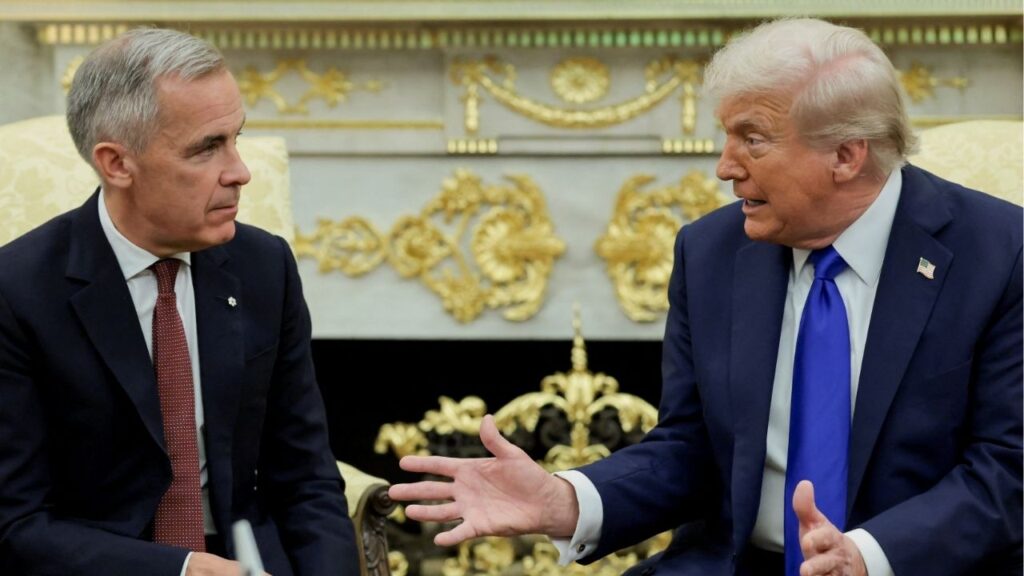
Trump Announces 10% Increase in Tariffs on Canada








